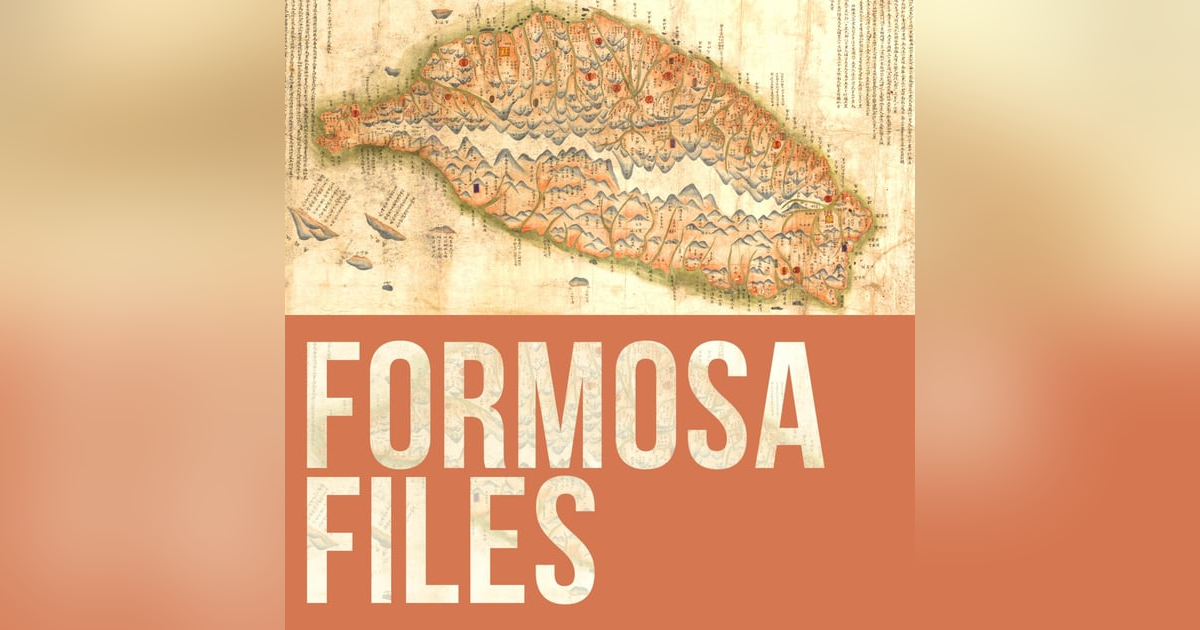S2-E30 - The Mysterious Death in Taipei of India's Most Controversial Nationalist


Unlike Mahatma Gandhi, fellow Indian pro-independence leader Subhas Chandra Bose advocated taking up arms against the British. WWII presented a golden opportunity for this, and in an "enemy of my enemy" move Bose escaped from arrest in India and headed for Nazi Germany. But despairing of a German invasion of India that would overthrow the British, Bose turned to the Japanese. This controversial Indian revolutionary died in Taipei in 1945, leading to decades of speculation and conspiracy theories. Here's the story of this complex figure and his final fate in what was then still Taihoku, Japanese Formosa.
Cover image: Left: Subhas Chandra Bose featured on the cover of TIME Magazine in March, 1938 (via TIME archives). Right: A colorized photo showing a meeting between S.C. Bose and Adolf Hitler. Via Quora
Below: Subhas Chandra Bose photographed circa 1930. Via Wikimedia Commons
Below: A memorial to Subhas Chandra Bose in the Renkōji Temple, Tokyo. Bose's ashes are stored in the temple in a golden pagoda.
Below: The flight path of Bose's final journey and the Mitsubishi Ki-21 twin-engine heavy bomber that Subhas Chandra Bose and Habibur Rahman boarded at Saigon airport around 2 PM on 17 August 1945. Via Wikimedia Commons
Do us a favor and rate/review the show! It really helps. Do it on Apple Podcasts or here on our website.
Write us with questions or ideas at formosafiles@gmail.com
AND THE BIGGEST REQUEST: tell others about this free, not-for-profit resource about Taiwan.














